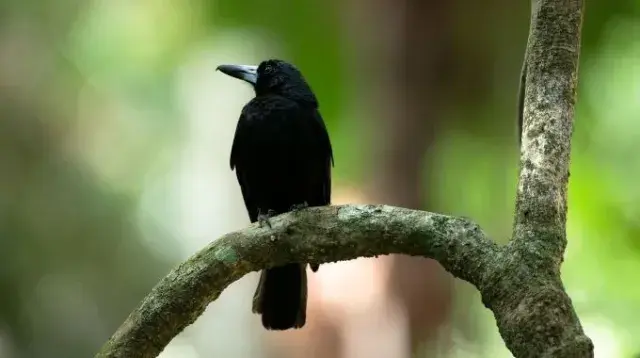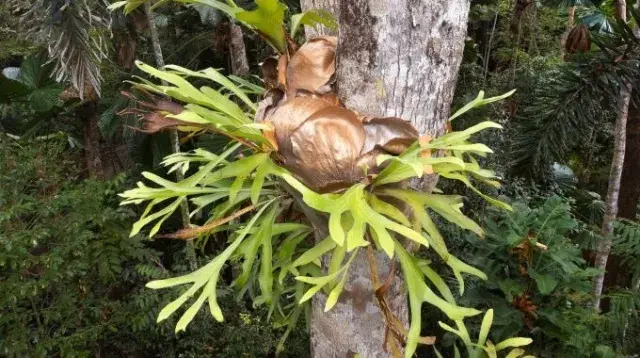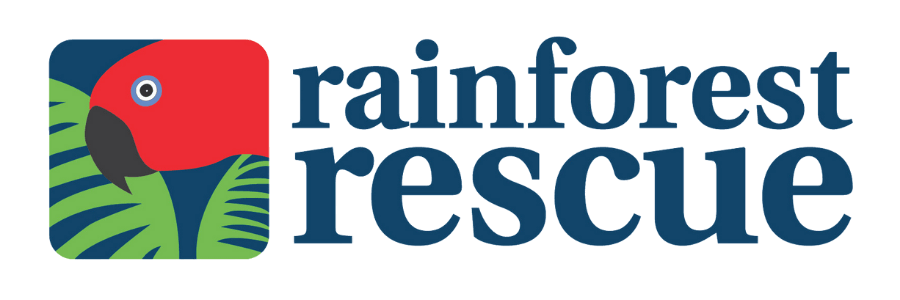Making the Australian rainforest a sanctuary
The Daintree rainforest, along the coast of Queensland in north-east Australia, is one of the last remnants of the immense expanse of forest that once covered the continent. Listed as a UNESCO World Heritage Site, it has been the focus of a major expansion programme in recent years, with private plots purchased for conservation purposes. Klorane Botanical Foundation is supporting these efforts alongside its local partner, Rainforest Rescue.
Protecting a treasure
Like the Great Barrier Reef, the Daintree rainforest is home to an absolutely unique range of biodiversity: 30% of the continent's amphibian, reptile and marsupial species, 90% of its bat and butterfly species and more than 12,000 species of insect live in a setting of palm fronds, lianas and native plants – a range of plant diversity that would make even the Amazon green with envy.
To protect the Daintree, which has been damaged by agriculture and development over decades, and subdivided for development in the 80’s, the Australian Government listed the Daintree as a World Heritage Area and spent over $25 million in 1984 to buy back subdivided land, and an additional $5 million in 2004. But it wasn’t enough, with hundreds of “blocks” still available for development.
Rainforest Rescue was started in 1999 and turned its focus on the Daintree, buying back blocks of land with money raised through philanthropy and business partnerships. Their work continues today with 42 blocks comprising 120+ Ha of high conservation value rainforest.
The Daintree National Park was handed back to the Traditional Owners, the Eastern Kuku Yalanji, in 2022. While the park is protected, work still needs to be done to insure the remaining unprotected areas are secured for a greener future, for everyone.

18,000 m2 protected in perpetuity
In 2023, Klorane Botanical Foundation, in collaboration with Pierre Fabre Australia, provided financial support (to the value of 10% of the total investment) to enable the purchase of lot 41, known as the Licuala Rainforest Refuge. This 18-hectare property represents the largest initiative conducted by the NGO since its creation. At a stroke, it doubles the size of the Cape Kimberley Wildlife Corridor, at the heart of the area declared a World Heritage Site in 1988. The previous owners of this plot of land had spent twenty years of their lives there and had acquired it in the hope of converting it into a biodiversity sanctuary – a goal that is now safe in the hands of Rainforest Rescue.
The land is adjacent to other plots already owned by the NGO, strengthening the cohesion of the corridor and creating a genuine sanctuary that will be protected in perpetuity.

A plot of land to support a pilot project for carbon sequestration
Developed in partnership with James Cook University, the Carbon Measurement Program launched in 2023 will enable Rainforest Rescue to acquire tools for measuring carbon sequestration that are much more accurate than others currently available on the market. Dr Cheesman and Dr Cernusak, two researchers and associate professors at the University, are developing a methodology based on LiDAR terrestrial laser scanning technologies to refine measurement and improve understanding of sequestration mechanisms in individual trees. Lot 41 will be used to test and approve this methodology, which could ultimately lead to improvements in conservation and carbon offsetting efforts.
Partnerships increase our impact and our ability to protect and restore tropical forests. It’s a rare and wonderful thing to find partners who are in tune with our values and capable of providing the financial energy we need to achieve our goals. We are grateful that the Klorane Botanical Foundation has found synergy in what Rainforest Rescue is doing. This type of partnership gives me hope for the future.

